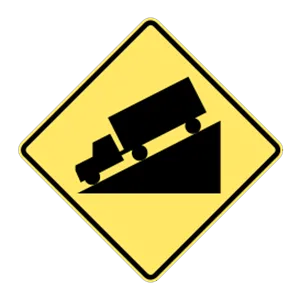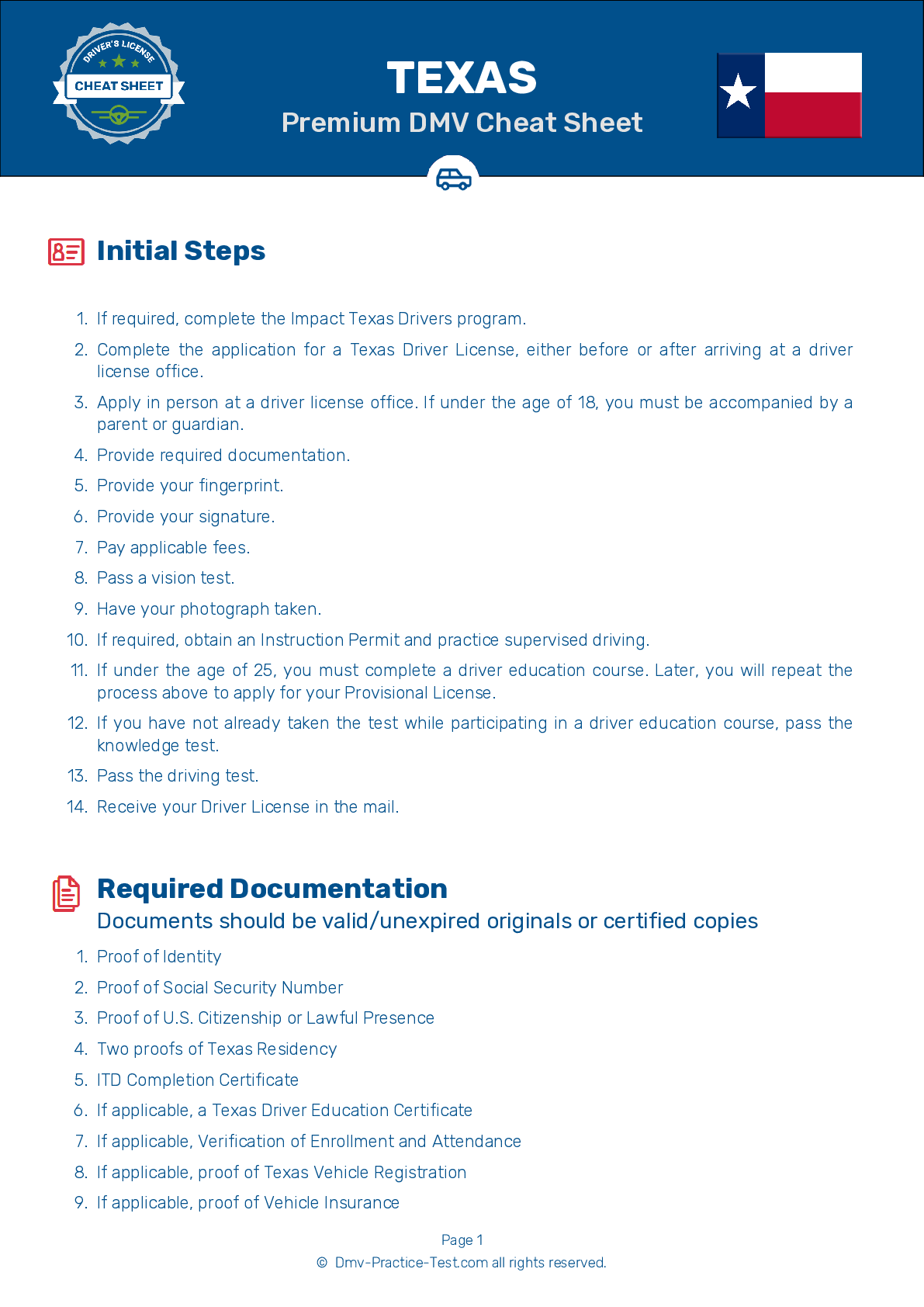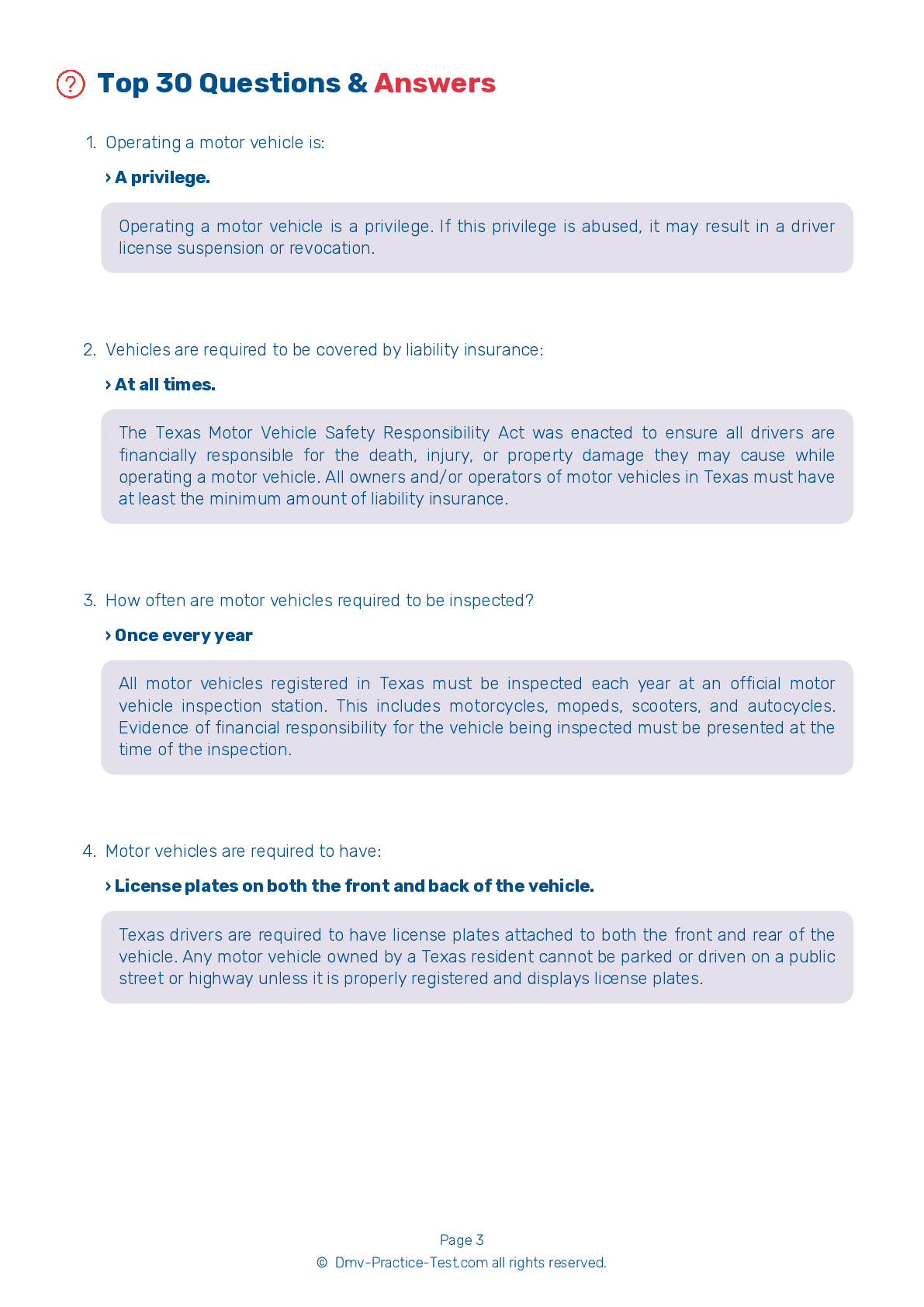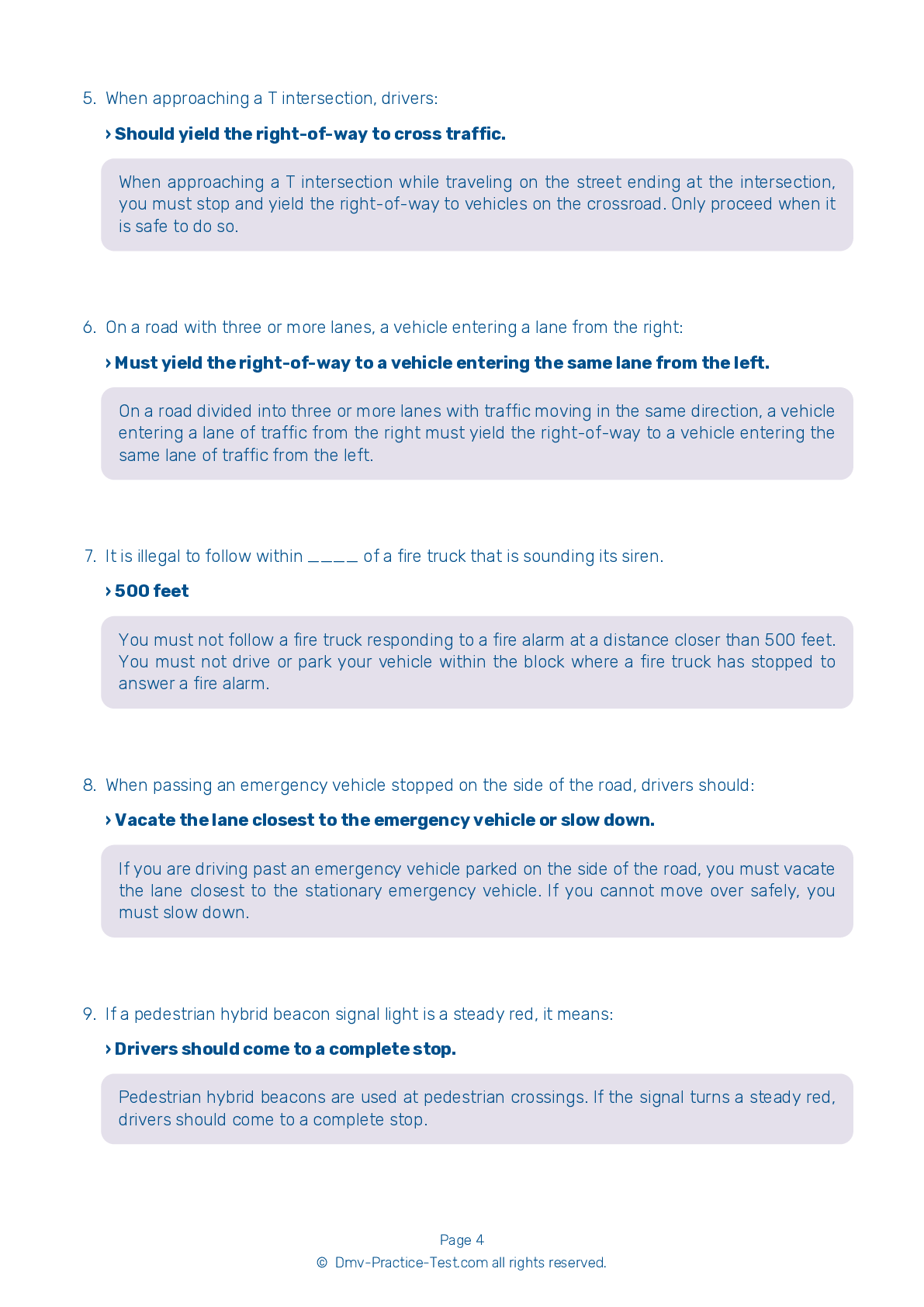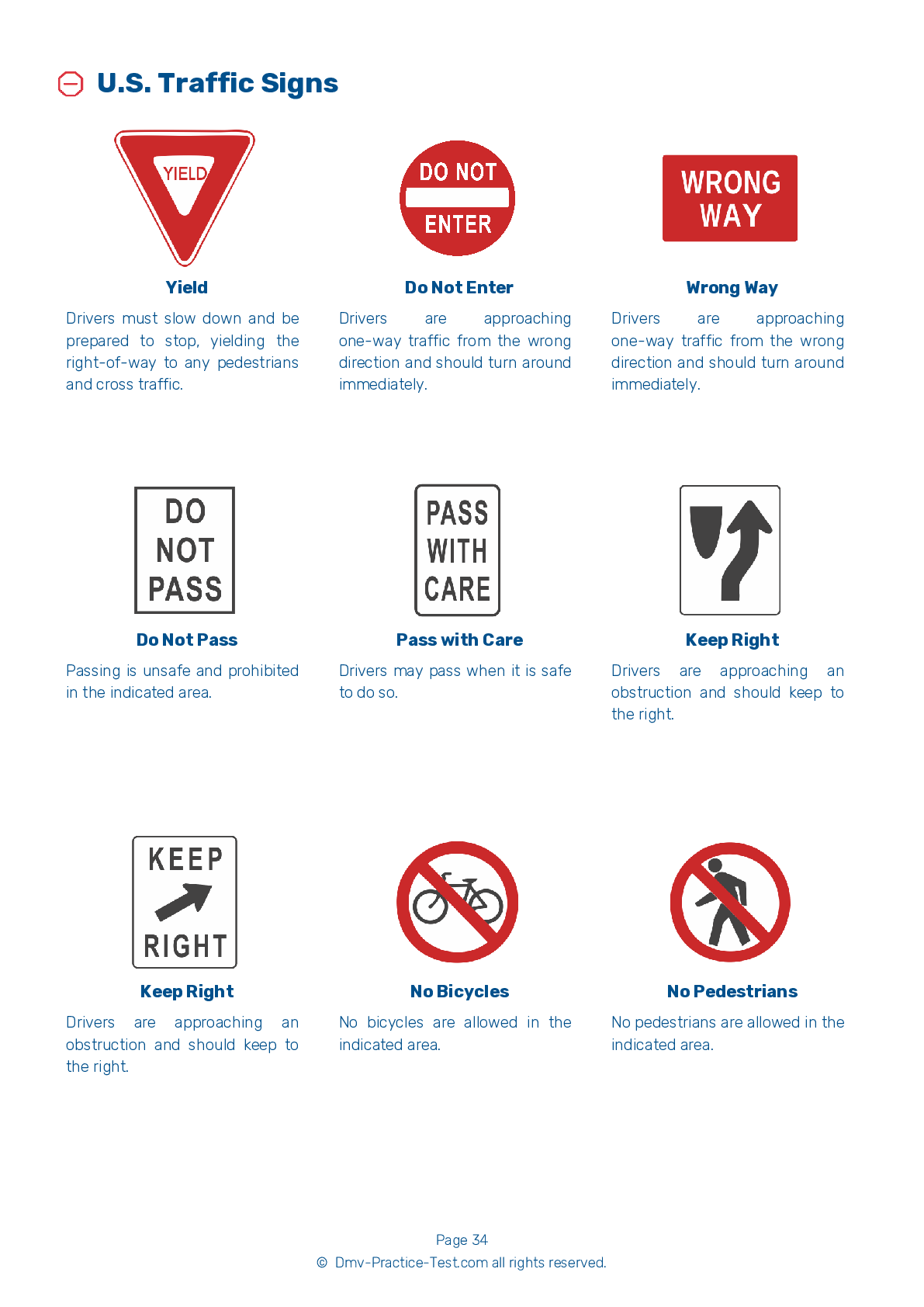FREE Texas DMV Practice Test #8
For January 2025, the Texas DMV practise exams have been revised. It comprises questions based on the most important traffic signals and laws for 2025 from the Texas Driver Handbook. To study for the DMV driving permit test and driver's licence exam, use actual questions that are very similar (often identical!) to the DMV driving permit test and driver's licence exam.
Each question on the practise exam has a tip and explanation to help you recall the ideas. Questions about traffic rules, traffic signs, and driving statutes, as well as knowledge from the Driver Handbook, will be included in the written portion of the official Texas DMV test.
You must properly answer 21 of the 30 questions to receive a passing mark. Use the Texas Department of Motor Vehicles' practise exam to help you prepare for your instruction permit or driver's licence.
The DMV exam is offered in a variety of languages.
Using any form of testing help will result in an automatic fail, and the DMV may take further action against your driver's licence, so avoid it.
1 . When is it acceptable to park in a striped area next to a disabled parking spot?
Parking in the striped areas next to disabled parking spaces is prohibited. These spaces are reserved for wheelchair lifts.
2 . You need to use extra caution when driving near a pedestrian using a white cane because:
When driving near a blind pedestrian who is carrying a white cane or walking with a guide dog, you must slow down, yield the right-of-way, and then proceed with caution. Be prepared to stop your vehicle in order to prevent injury or danger to the pedestrian.
3 . Do not pass:
Drivers should not pass on a hill, in a curve, or in any other area where visibility is limited. Drivers should only pass where they may legally and safely do so.
4 . You must pull over to the edge of the road and allow an emergency vehicle to pass:
You must pull over to the right edge of the road and stop for an emergency vehicle with flashing lights, regardless of whether it is approaching you from behind or from the opposite direction.
6 . To avoid carbon monoxide poisoning, it is important that you:
To avoid carbon monoxide poisoning, it is important that a driver does not leave their vehicle running while it is in an enclosed space, such as a garage. They should not leave their vents open when driving closely behind another vehicle and should make sure that their exhaust system is always working properly.
Need Car Insurance? No problem!
Compare the best rates in Texas and find a personalized policy that meets your needs.
1. Are You Currently insured ?
2. Married ?
3. Do you own your Home?
4. Do you have more than 1 car ?
5. Have you or a Family Member Honorably Served in U.S. Military ?
6. Your Name
7. Age
8. Zip code
IMPORTANT REMINDER:Auto Insurance is Mandatory to drive in Texas. Get covered before you hit the road to avoid any fines.
Ranked by best match
